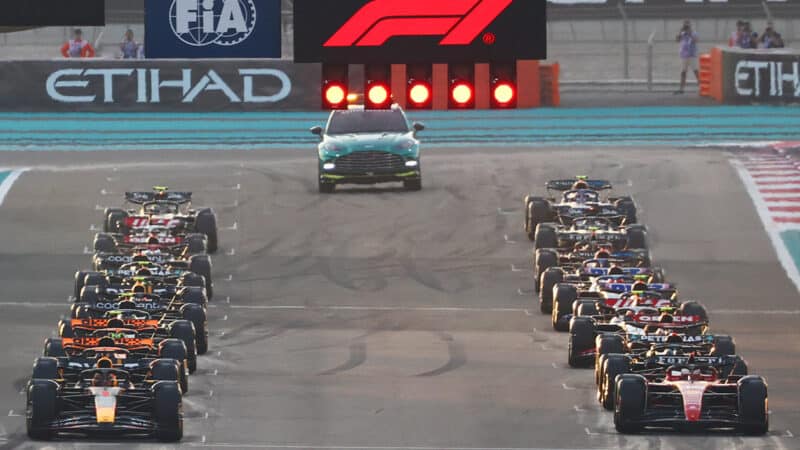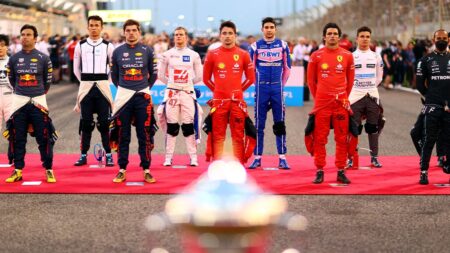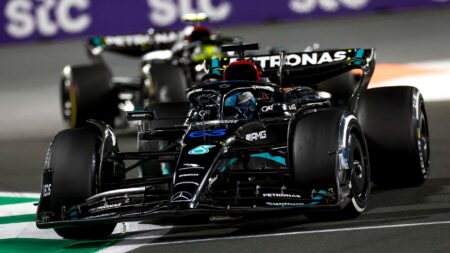Until now, there have been at least two driver changes every season since the start of the World Championship in 1950, but most years have seen more than ten drivers moving teams, entering or leaving the sport.
For decades, F1 also saw a natural rotation of teams, with some dropping out and new constructors, but that has been stopped by the current commercial agreement.
Although there is provision for new F1 teams to join, getting approval is another thing. Despite financial backing, an engine partner and a factory under construction, Andretti appears to be blocked from joining the grid.
Drivers too are queuing outside F1’s walled garden. The cost cap means that teams are less willing to take a risk on a new, accident-prone driver — which spelt the end of Mick Schumacher’s Haas career — and has also limited opportunities for pay drivers, as a more stable financial model allows teams to appoint on merit.
In previous years, at least the traffic jam of young hopefuls was moving: even in the most stable years so far, two drivers joined the grid: Sergey Sirotkin and Charles Leclerc in 2018; Nicholas Latifi and Esteban Ocon (a rejoiner) in 2020. Even these are an anomaly.
At Kyalami, the first round of the 1993 season, there were 17 changes to the 26-strong grid that had lined up at the Australian Grand Prix that brought 1992 to an end. It included a wholesale change of the Williams line-up, with Alain Prost and Damon Hill replacing Nigel Mansell and Riccardo Patrese; the departure of the March team; the arrival of Sauber; Gerhard Berger joining Jean Alesi at Ferrari; and Rubens Barrichello making his F1 debut for Jordan.

F1’s new line-up for 1993
Grand Prix Photo
A decade earlier there had been 16 driver changes, and 22 ten years before that. Although those numbers are inflated by privateer teams who entered for only part of the championship, and some constructors running additional drivers at certain races, they still offered new drivers and teams a chance to make their mark at the top level. Even until recently the grid was fluid. The 2010s saw teams come (HRT, Manor and Haas) and go (Caterham, Lotus, plus HRT and Manor). And there were 12 driver changes in 2019.



